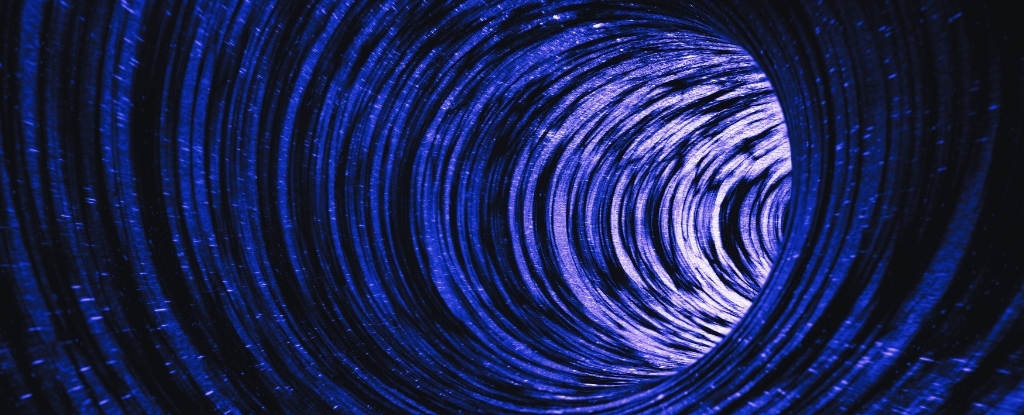A new study by astrophysicist Richard Lieu suggests that gravity can exist without mass, proposing thin, shell-like layers of ‘topological defects’ as an alternative to dark matter for explaining the gravitational binding of galaxies. This theory posits that these defects create a gravitational force without detectable mass, potentially eliminating the need for dark matter in current cosmological models
Lieu started out trying to find another solution to the Einstein field equations, which relate the curvature of space-time to the presence of matter within it. As Einstein described in his 1915 theory of general relativity, space-time warps around bundles of matter and streams of radiation in the Universe, depending on their energy and momentum. That energy is, of course, related to mass in Einstein’s famous equation: E=mc2. So an object’s mass is linked to its energy, which bends space-time – and this curvature of space-time is what Einstein described as gravity, a notch more sophisticated than Newton’s 17th-century approximation of gravity as a force between two objects with mass. In other words, gravity seems inextricably linked to mass. Not so, posits Lieu.
In his workings, Lieu set about solving a simplified version of the Einstein field equations that allows for a finite gravitation force in the absence of any detectable mass. He says his efforts were “driven by my frustration with the status quo, namely the notion of dark matter’s existence despite the lack of any direct evidence for a whole century.” Lieu’s solution consists of shell-shaped topological defects that might occur in very compact regions of space with a very high density of matter. These sets of concentric shells contain a thin layer of positive mass tucked inside an outer layer of negative mass. The two masses cancel each other out, so the total mass of the two layers is exactly zero. But when a star lies on this shell, it experiences a large gravitational force dragging it towards the center of the shell. “The contention of my paper is that at least the shells it posits are massless,” Lieu says. If those contentious suggestions bear any weight, “there is then no need to perpetuate this seemingly endless search for dark matter,” Lieu adds.
The next question, then, is how to possibly confirm or refute the shells Lieu has proposed through observations. “The increasing frequency of sightings of ring and shell-like formation of galaxies in the Universe lends evidence to the type of source being proposed here,” Lieu writes in his paper. Although he admits that his proposed solution is “highly suggestive” and cannot alone discredit the dark matter hypothesis. “It could be an interesting mathematical exercise at best,” Lieu concludes. “But it is the first [mathematical] proof that gravity can exist without mass.”
The study has been published in Monthly Notices of the Royal Astronomical Society.



It helps to realize that mass is just a bookkeeping label that we assign to the “internal” energy of a system, where the choice of what counts as being “internal” is somewhat arbitrary and depends on the level we are studying.
For example, if you measure the mass of the nucleus of some atom, and then compare your measurement to the sums of the masses of the protons and neutrons inside of it, then you will see that the numbers do not agree. The reason for this is that much of the mass of a nucleus is actually the energy of the strong force bonds holding the nucleons together.
But you can actually drop down another level. It turns out that the vast (~ 99%) majority of the mass in the proton in turn does not come from the quarks but from the energy of the gluon field holding them together.
And if you drop down yet another level, the quarks get their mass through their interactions with the Highs field.
So in short, it is energy all the way down.
So gravity is
the weak forceall forces scaled up?Uuh, reading up on the 4 forces again, there’s bosons and stuff. Looks like i simplified a few things in my memory.